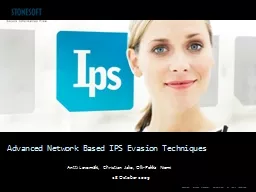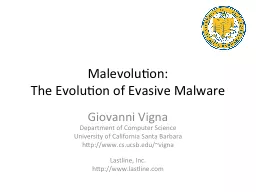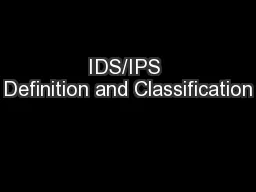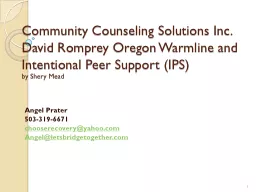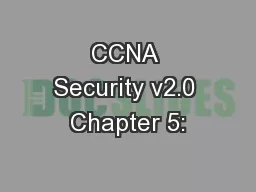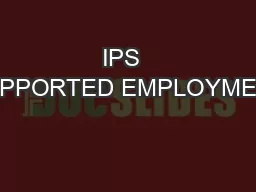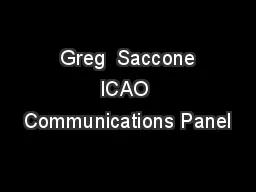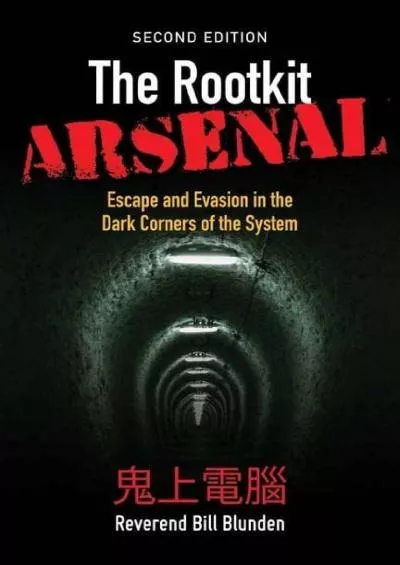PPT-Advanced Network Based IPS Evasion Techniques
Author : tatyana-admore | Published Date : 2016-04-08
Antti Levomäki Christian Jalio Olli Pekka Niemi 28 October 2009 Intrusion Prevention Systems should protect vulnerable hosts from remote exploits Exploits
Presentation Embed Code
Download Presentation
Download Presentation The PPT/PDF document "Advanced Network Based IPS Evasion Techn..." is the property of its rightful owner. Permission is granted to download and print the materials on this website for personal, non-commercial use only, and to display it on your personal computer provided you do not modify the materials and that you retain all copyright notices contained in the materials. By downloading content from our website, you accept the terms of this agreement.
Advanced Network Based IPS Evasion Techniques: Transcript
Download Rules Of Document
"Advanced Network Based IPS Evasion Techniques"The content belongs to its owner. You may download and print it for personal use, without modification, and keep all copyright notices. By downloading, you agree to these terms.
Related Documents

